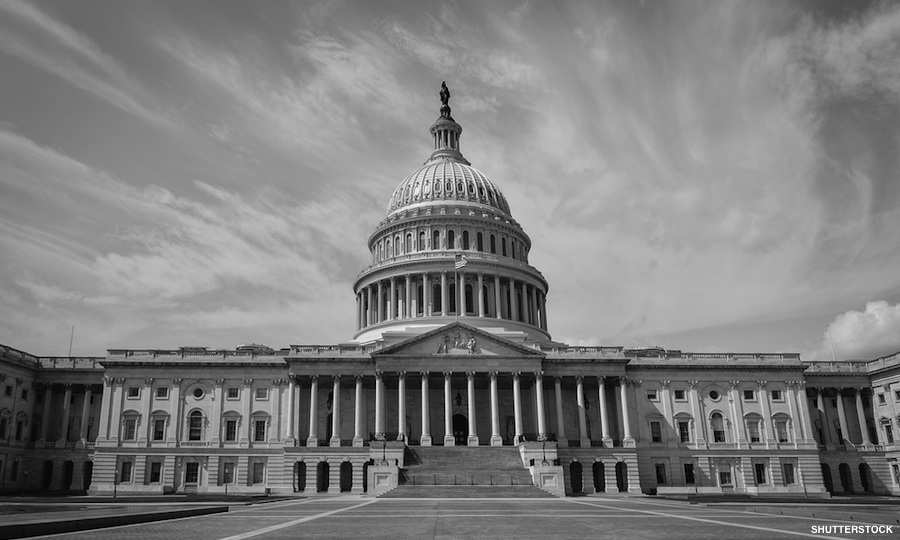The List: 6 Terrifying Consequences of the Government Shutdown
1. Insufficient FDA inspections: The government shutdown has been tied to the increase in the “continuing” salmonella outbreak that has now hospitalized nearly 300 people and spread across 18 states. Due to the forced furlough of about 60% of its staff, the FDA is unable to perform routine inspections necessary to prevent food-borne illness. This has prompted one website to make a list of the top 10 foods to not eat during the government shutdown.
2. The CDC and the FDA work (or don’t work) hand in hand: While the government shutdown is to blame for the lack of FDA inspections, it has also been named as the culprit for the CDC’s slow response to the salmonella outbreak. The CDC was forced to close a lab system called PulseNet that tracks illnesses. Following the outbreak, the system has since been put back on track.
3. One thing that hasn’t been put back on track, however, is the CDC’s ability to track and analyze this year’s influenza strain. With the government shutdown hindering its workforce and program abilities, the CDC can’t know the severity of the flu strain, whether or not the vaccine will be effective or even whether the possibly ineffective vaccine supplies will be sufficient. Dr. Tom Frieden, CDC director, tweeted this ominous message:
CDC had to furlough 8,754 people. They protected you yesterday, can't tomorrow. Microbes/other threats didn't shut down. We are less safe.
— Mandy K. Cohen, MD, MPH (@CDCDirector) October 2, 2013
4. Decreased nuclear safety: The Nuclear Regulatory Commission, which inspects the country’s 100 commercial nuclear power plants, was forced to furlough 3,600 workers, leaving only 300 “essential” personnel still on the job. While this may not pose as imminent a threat as the salmonella outbreak that was exacerbated by the shutdown, the potential for risk is evident. With the deadly Texas nuclear plant explosion earlier this year, nuclear regulation is necessary to ensure the safety of plant workers and surrounding communities.
5. The NIH was forced to close its doors to very ill patients: Amid the government shutdown, the National Institute of Health had been forced to turn patients away from its famous research hospital, which normally admits about 200 patients per week. While the hospital, also known as the “hope house,” recently admitted 12 patients whose illnesses fit the criteria of “imminently life-threatening,” terminally ill cancer patients, many of whom are children, have been affected by the “no-new-patient policy.”
6. We’re being mocked by the Taliban: As if the agencies and programs negatively affected by the government shutdown weren’t enough, the Taliban, an extremist terrorist organization based in Afghanistan, is mocking the United States government for its failure to agree on a resolution. The terrorist group accused American politicians of “sucking the blood of their own people.” I don’t know about you, but I think that appearing weak to one of your greatest enemies is one of the scariest things a nation can do.



